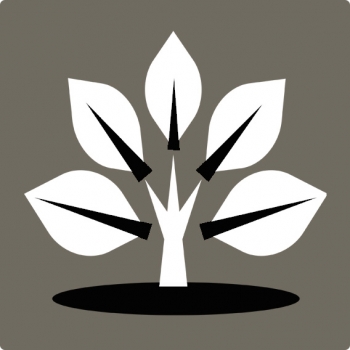

 Panama: Strengthening equity in access to safe drinking water and sanitation by empowering citizens and excluded indigenous groups in rural areas
Panama: Strengthening equity in access to safe drinking water and sanitation by empowering citizens and excluded indigenous groups in rural areas
Ninety-one per cent of the indigenous population of Panama's Ngöbe-Buglé Region suffers from extreme poverty. Their dispersion, mobility and location in remote and inaccessible areas raise the cost of traditional sanitation solutions, limiting investment and private participation.
The joint programme used an intercultural and gender-based approach to promote equity by developing water resource management capacities and extending development opportunities in health and education for the populations and their community organizations in the four districts of the Ngöbe-Buglé Region.
The programme's objectives were:
- Strengthening local organizations;
- Building local capacity;
- Training local teams to develop Water Safety Plans;
- Constructing water and sanitation infrastructure; and
- Establishing democratic systems of governance in water and sanitation.
In addition, national counterpart organizations enhanced both their central and local institutional capacities to provide efficient basic services to communities suffering from extreme poverty. The overall aim of the programme was to empower rural and indigenous populations to manage their own water resources and thus improve the quality of, and access to, public water and sanitation services.
- Continuous access to safe drinking water for 5,834 people. Nine communities now have safe drinking water.
- Empowering communities to manage and manage water and sanitation systems: Rural Water Management Committees were formed and Water Safety Plans and plans for the management of three water basins were created. The Cerro Ñeque Hydrological Reserve was demarcated and is now a protected area.
- Sensitization of the population: Audiovisual educational materials adapted to the ngäbe culture were developed, 23 school brigades were formed and a network of 160 young adolescents and another of 117 educators were constituted.
- A Water Quality Monitoring Program was created involving a commitment from aqueduct users and requiring them to make payments on a regular basis.
- Water and sanitation infrastructure work was carried out in six communities.
- Disease reduction: Doctors consulted during the midterm evaluation reported a noticeable reduction in disease where water systems had been installed.
Click for more detailed results from the Joint Programmes in Panama (in Spanish).




